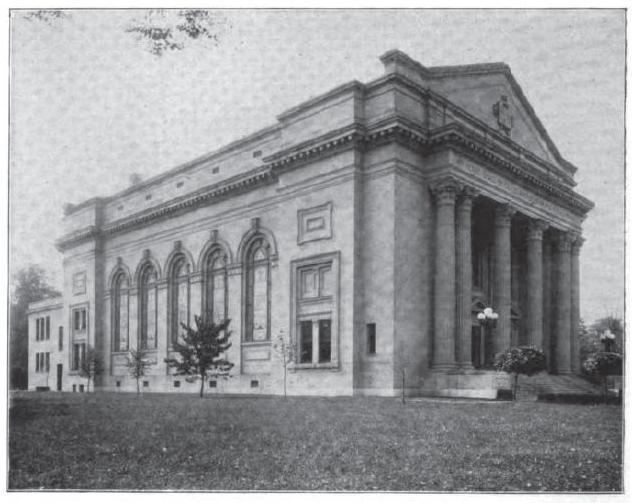Name Rudolph Tietig | Died 1958 | |
 | ||
Rudolph Tietig (1877-1958) was an architect in Cincinnati, Ohio, United States and a partner in the Tietig & Lee architectural firm with William H. Lee (1877-1952).
Contents
Background
He was born in Cincinnati to German parents. His father came to Cincinnati at the age of 20 and was a cigar maker. Tietig attended the Technical School of Cincinnati and Massachusetts Institute of Technology graduating in the class of 1898 with a bachelor of science degree.
Career
Tietig worked in New York with Robert Maynicke and G.K. Thompson before returning to Cincinnati in 1903. His firm employed Leonard B. Willeke as a designer for a "short time" and Leo Townsend (architect) for a period that included 1906 and 1913.
The firm designed the homes in the Avondale and Indian Hill sections of Cincinnati including those of "prominent citizens" such as Simon Kuhn, A.G. Brunsman, and A.H. Mitchell, "as well as factories and warehouses." The firm worked with Garber & Woodward on some projects and competed with them for others. The firm designed several schools in Arts & Crafts architecture and (later) in American Colonial Revival architecture styles.
Tietig was president of American Institute of Architects Cincinnati Chapter, in 1913 while Walter L. Rapp was vice-president.
The Sayler Park School, now Sayler Park Elementary, was designed by Tietig's firm built in 1930 for $377,860. It was "touted as state of the art" at the time, and in 2010 is slated for an "estimated $12 million in additions and renovations as it celebrates its 80th birthday". The local school board decided to close the school in 2009, but later reversed itself and "opted for the renovations instead". The school is scheduled to reopen for the 2012-2013 school year after updates and expansions that include "a new two-story addition, an elevator, new gym and updates to classrooms".
Tietig designed the Ashkenazi Jewish Losantiville Country Club and two synagogues, Temple K. K. Ben Israel (now Rockdale Temple) and Temple Sh'Brith Israel Ahabath Achim. The congregation at Rockdale is one of the oldest west of the Allegheny Mountains.
